wikiHow is a “wiki,” similar to Wikipedia, which means that many of our articles are co-written by multiple authors. To create this article, 19 people, some anonymous, worked to edit and improve it over time.
This article has been viewed 117,180 times.
Learn more...
You need to find out what equals if you have a problem like . This kind of equation is called a linear equation,[1] and it usually has just one variable. This article will walk you through the simple steps.
Steps
Starting with the Variables on Opposite Sides
-
1Look at your problem. A simple linear equation might look like .[2]
-
2Check the equation for varying terms and constant terms. Varying terms are numbers like , , or , where the number changes depending on what you plug into the variable, or letter. Constant terms are numbers like , or , where the number never changes.
- Usually, equations won't come with varying terms and constant terms lined up on separate sides. In the example above, the left-hand side (LHS) has both varying and constant terms, as does the right-hand side (RHS).
Advertisement -
3Prepare to move the numbers around so that the varying terms are on one side and the constant terms are on the side[3] such as in (that equation is solved in example 2). In order to do this, you may have to subtract or add the numbers you want to move from both sides. In the next step, you'll see how to do that in example 1.
- The equation does have all the varying terms on one side (LHS), while all the constant terms are on the other side (RHS).
-
4Move the varying terms to one side of the equation. It doesn't matter to which side you move the varying terms.
- In example 1, can be rearranged by choosing to subtract either or from both sides. Choosing to subtract , you have:
- In example 1, can be rearranged by choosing to subtract either or from both sides. Choosing to subtract , you have:
-
5Bring all the constant terms onto the other side of the equation. That is: move the constant terms so that they are on the opposite side of the equation from where the varying terms are.[4]
- We see that must be subtracted from both sides:
- We see that must be subtracted from both sides:
-
6Divide both sides by the coefficient of . The coefficient of (or , or , or any letter) is the number in front of the varying term.[5]
- The coefficient of in is . So divide both sides by to get the value of .
- Our answer to the equation is . You can check this answer by plugging back into every variable and seeing if both sides of the equation equal the same number:
Starting with the Variables on One Side
-
1Know that sometimes the varying terms and the constant terms will be separate. Sometimes, half of your work will be done for you. You'll have all the varying terms on one side and all the constant terms on the other side. If this is the case, all you have to do is the following.
-
2Simplify both sides. For the equation , we just have to subtract the numbers from one another.[6]
-
3Next, divide both sides by the coefficient of . Remember that the coefficient of x is the number in front of the varying term.[7]
- In this example, the coefficient of in is . That division is to get . The answer to the equation is .
Community Q&A
-
QuestionHow do I answer (1 - 0.9)(1 - 0.2)?
 DonaganTop AnswererThat's (0.1)(0.8) = 0.08.
DonaganTop AnswererThat's (0.1)(0.8) = 0.08. -
QuestionHow do you solve a question like, x-5=7?
 Community AnswerIn this example, move the 5 to the other side and change your action symbol, like this: x=7+5. Now, you can solve for x. To be sure you've done it correctly, put in your value for x in the original equation and solve.
Community AnswerIn this example, move the 5 to the other side and change your action symbol, like this: x=7+5. Now, you can solve for x. To be sure you've done it correctly, put in your value for x in the original equation and solve. -
QuestionHow do I solve it if there are two variables?
 DonaganTop AnswererYou need two separate equations in those two variables.
DonaganTop AnswererYou need two separate equations in those two variables.
Warnings
- Why do it that way? Trying to divide this: like this creates with a lot of fractions to handle, and that's not so easily solved; so, simplifying is one good reason to get all the variable terms onto one side and all the constant terms onto the other side.⧼thumbs_response⧽
References
- ↑ https://www.mathsisfun.com/algebra/linear-equations.html
- ↑ https://www.khanacademy.org/math/algebra-home/alg-basic-eq-ineq/alg-old-school-equations/v/algebra-linear-equations-1
- ↑ https://www.chilimath.com/lessons/introductory-algebra/combining-like-terms/
- ↑ https://www.khanacademy.org/math/algebra-home/alg-basic-eq-ineq/alg-old-school-equations/v/algebra-linear-equations-4
- ↑ https://mcckc.edu/tutoring/docs/blue-river/math/equat_inequ/Solving_Linear_Equations.pdf
- ↑ https://math.libretexts.org/Bookshelves/Algebra/Beginning_Algebra/02%3A_Linear_Equations_and_Inequalities/2.04%3A_Solving_Linear_Equations-_Part_II
- ↑ https://math.libretexts.org/Bookshelves/Algebra/Beginning_Algebra/02%3A_Linear_Equations_and_Inequalities/2.04%3A_Solving_Linear_Equations-_Part_II
About This Article
To solve a simple linear equation, start by moving the numbers with a variable attached to one side of the equation and the numbers without a variable attached to the other side. To move a number to a different side, you need to subtract it from both sides. Next, divide both sides of the equation by the number in front of the variable, which is called the coefficient. Once you divide both sides by the coefficient, you'll have solved the equation! Plug the value you got for the variable back into the original equation to check your work. For step-by-step examples you can work through, read on!




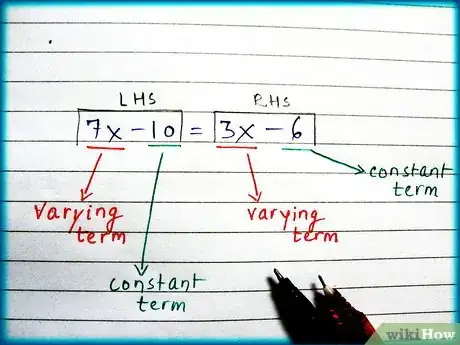









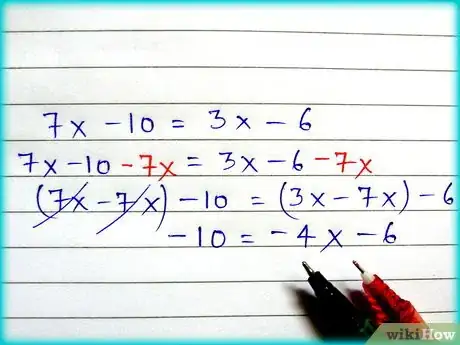

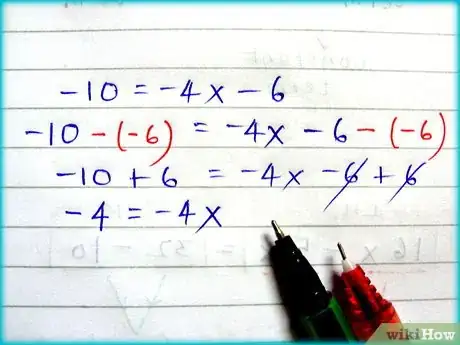











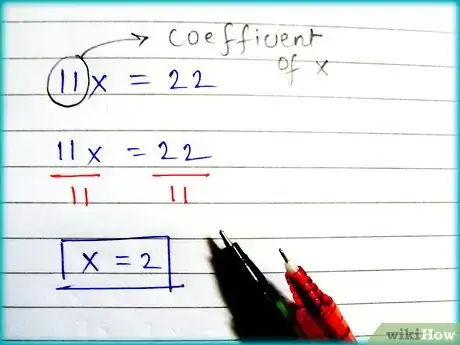







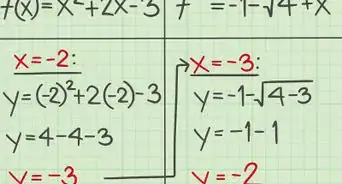

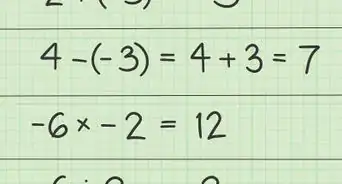
-Step-24-Version-2.webp)




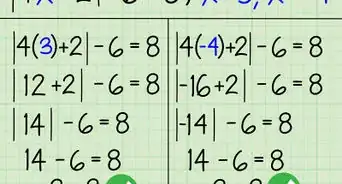











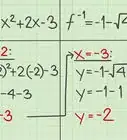
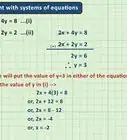
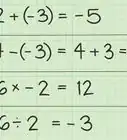
-Step-24-Version-2.webp)


































